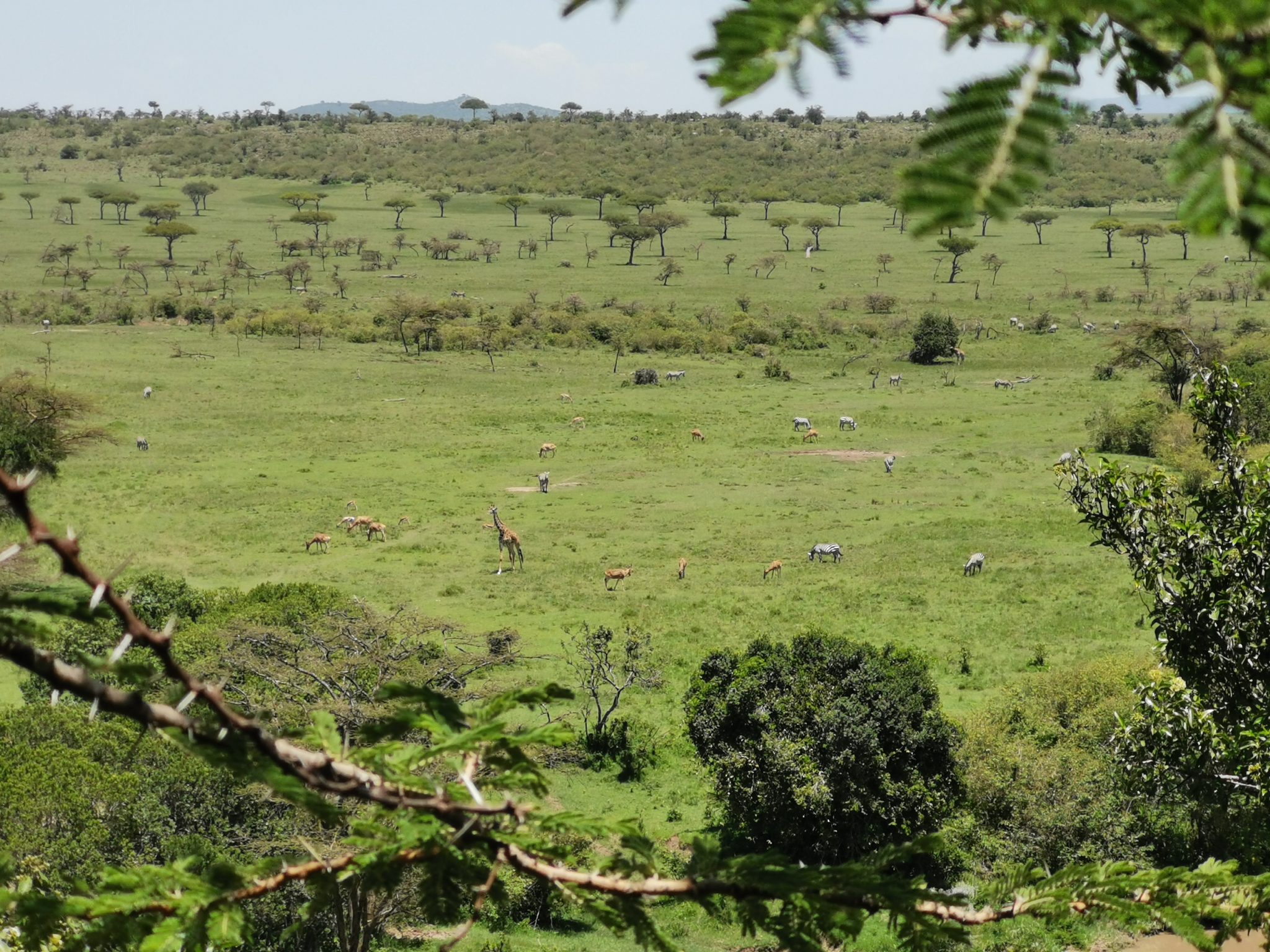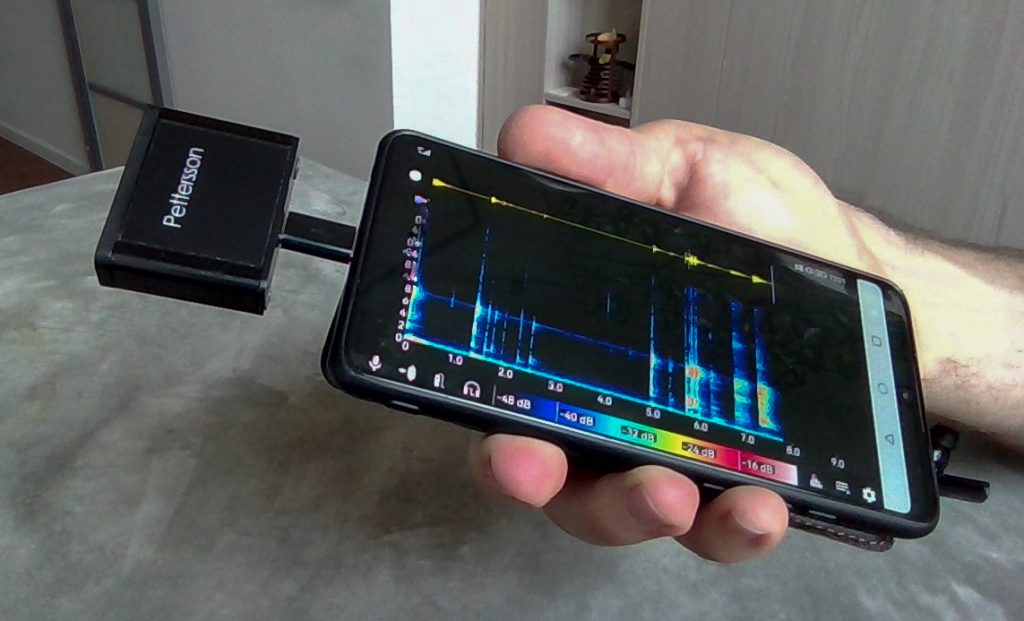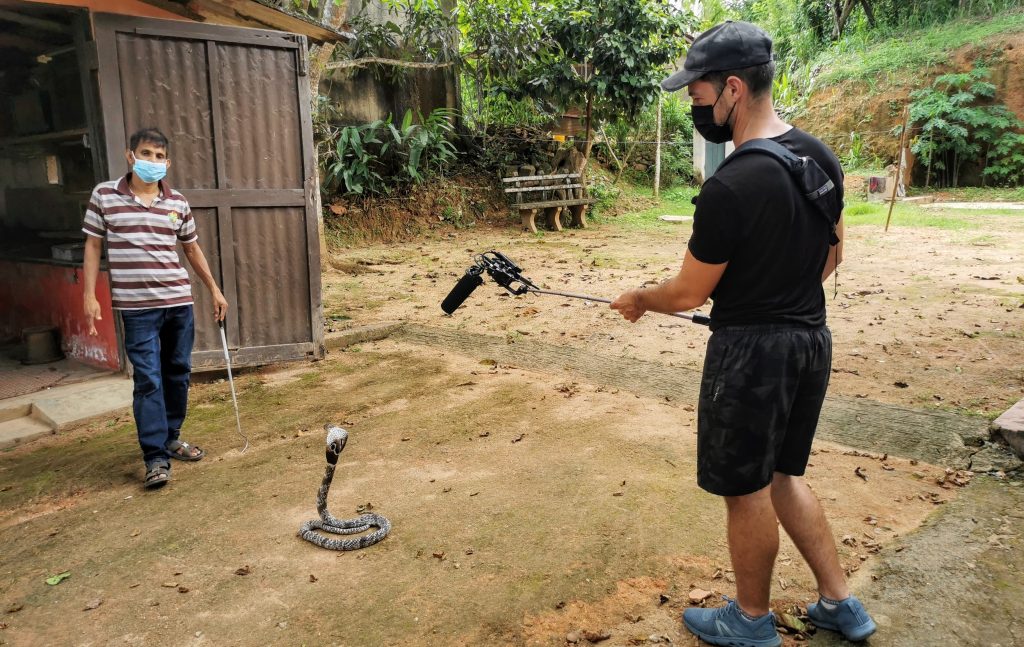During the last 6 years, I have been ‘trying’ to record animal sounds. I say ‘trying’ because I got so many obstacles and issues in doing so, this ain’t easy! And in the last 2 years, I particularly intensified my trial in this regard. My quest led me to make some choices depending on the circumstances, but I got some interesting results, one of which is to get wild animals recorded at up to 384 kHz which sounds great when pitched down. Here in this post, I’ll share my research and findings, and show some interesting samples I collected throughout my journey.



My story with recording high frequencies started in 2016 when I acquired a Sanken co-100k, a microphone that has become legendary because it can capture sounds up to 100KHz way above the human earing scale (which stops at around 18KHz). The reason why one would want to record these non-audible frequencies is that it allows one to pitch down post-treatment and still keep a natural feel to the final sound. Recording ultra-high frequencies, like that, is only relevant if you want to do ‘sur-natural’ rendering for creation purposes. This wouldn’t be relevant if someone wants to portray an authentic sonic scene. This trick of pitching down sounds is being used mainly for creature sound design. It is a great way to yield interesting sound phenomena and bring to life fantastic animals and creatures.

In my quest of traveling around the world and recording at the same time, I had to make some choices. Since I aimed for ultra-light portability of myself and my gear, I decided pretty early to not bring with me the Sanken co-100k. Also because I was mostly focused on recording ambiences at that time.
However, in the last 2 years, I got back to the endeavor of capturing spot effects and particularly animal sounds, therefore I got myself equipped with a short shotgun mic, and then I got a side mic in order to complete a coherent MS kit that I was able to bring along with me on my travels. With this ultra-light portable setup, I was able to record 96KHz 24 Bits on the go, this was 2 years before the launch of the Zoom F3.



I had in fact custom created something similar to the F3, a kind of handheld device that was able to record to the highest standard of quality possible using external microphones phantom powered. I am talking about this custom kit in detail in this other article.
I also realized that it would be great to introduce back ultra-high frequency recording, I thus searched for an easily portable solution that I could bring with me and set up in no time. Meanwhile, I also got inspired by Mattia Cellotto who used a specialized biophonic mic that records up to 384 kHz. I looked at bat recorders options, but also since I got a side contract for recording bat sounds, I got a Pettersson microphone that can be plugged into a phone and directly record via the app in a 384 kHz resolution.

It is primarily made for bat sounds but I got pretty decent results recording other animals, though only in conjunction with other microphones. The Pettersson does indeed perform poorly in the low-frequency region, it also has transients not very sharp, and it is very sensible with any high-pitched sounds. However, if coupled with a regular capture I found it can deliver coherent results for my purpose.
I am not advising any brand or model, as I am not an expert in this kind of microphone/recorder. This is what I used first as a test and it showed interesting results in my opinion. The main difference with this kind of system is that it has to record on a separate system (this one records directly on the phone).
To my knowledge, no traditional field recorder these days can handle recording at 384KHz. Recording on the phone has the advantage of being portable but recording separately can bring synchronization difficulties. Also, I got problems with the connection, probably because the USB connector is not sturdy enough. And because I was also using my phone to take pictures and videos of the recording sessions, I believe this can mess up the app for getting the 384KHz resolution (so it is better to use a separate dedicated smartphone which I am planning to do). On another level, I also lost some files because I lost my phone a few months ago without having backed up beforehand. Anyway, this did not deter me from recording interesting sounds. I am not sponsored by this brand and this is not a review but I think in general using this kind of gear can be a great addition when recording animal sounds.




In the past years, I visited countless wildlife parks and sanctuaries in many countries, this year I traveled through Africa for a few months and I was really keen to capture some wild sounds which I did. Traveling by road on my own was the best way to access locations, as a big 4-month long safari. I observed Nature and patiently waited for sounds to be heard and recorded. The whole process of finding the right location would need its own article (or even a book!), there are so many factors to take into consideration, one of which is external noise (mainly from humans), but also the principal subject (animal) which is very very unpredictable. I got some luck and I also forced luck at times. Scouting lands and activities in the region were important, by visiting ‘animal hospitals’, orphanages, and sanctuaries I got more occasions to capture proper sounds, and sometimes from very close which is the most ideal scenario in my opinion.



There I got some straight in-your-face sounds of growls and roars of lions. I included here the samples that you can download (see the option on the Soundcloud player or get all the files at once here).
I also included the separate signal from the bat recorder for the curious who would want it (however converted to 192KHz since many software would not be compatible with 384KHz). All the other sounds are combined signals from all microphones (MS and Bat Recorder), and versions of the same sample pitched down at -12 semitones and -24 semitones, so one can assess the result of the process.
The microphones I am using are Sennheiser MKH8060 and Ambient Emesser (ATE 308) recording through my custom ultra-light travel kit.

Ultimately I believe using a bat recorder is a great solution for capturing these high frequencies while traveling. Of course, it is essential to pair it with a classic set of microphones. I will try to diligently record the ultrasound content for my future sessions, as for now, I haven’t given enough attention to this aspect. I hope these samples can also help other recordists to make strategic choices. Africa is a place of abundance for wildlife, I am happy I was able to travel through several African countries; and I am very glad I was able to collect excellent sound material, even though it gives me a lot of editing work.
Hi Stéphane.
Great blog! I’m thoroughly enjoying reading about your adventures and about the kit you’ve been using. I see you record
in the ultrasonic frequencies (the Sanken CO-100k is amazing for this) and wanted to ask whether you record any infrasounds ie below 20Hz. I Got to use a Sennheiser 8020 recently which was very impressive although the a bit limiting with the mic and Sound Devices recorders only going down to 10Hz.
I then had an opportunity to work with the B&K 2270 sound level meter with the B&K 4189 microphone (6.3 Hz and up to 20K Hz) and got incredible results with elephants. Unfortunately it was for an upcoming Apple + Series so I don’t have access to the sound files anymore. I was seeing sonic activity right down to 6Hz (and below). It was fascinating!
Hello Sebastien,
thank you for your message!
Yea elephant seems to communicate a lot through infrasound.
Have you tried a geophone?
I have not myself, as I am more interested in the human range spectrum and ultrasound for sound design purposes.
The infrasounds seem to be more blurry and difficult to translate for human hearing, or maybe I am wrong.
I am amazed you could record sound that low, this is fascinating!
I truly have no experience in infrasound, sorry, sorry can’t help much with it.
As a matter of fact, I even usually tend to clean the low frequency information below 100Hz as it can create noise when rendered on a sound system.